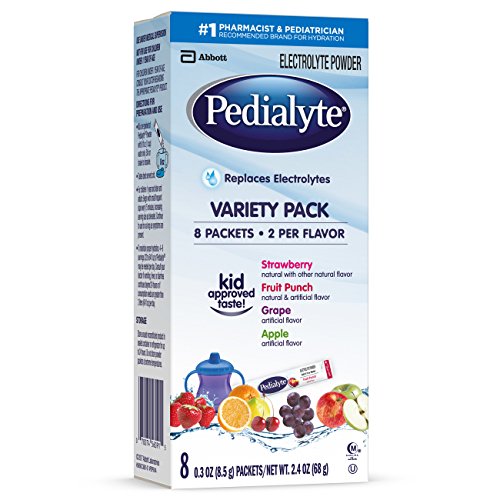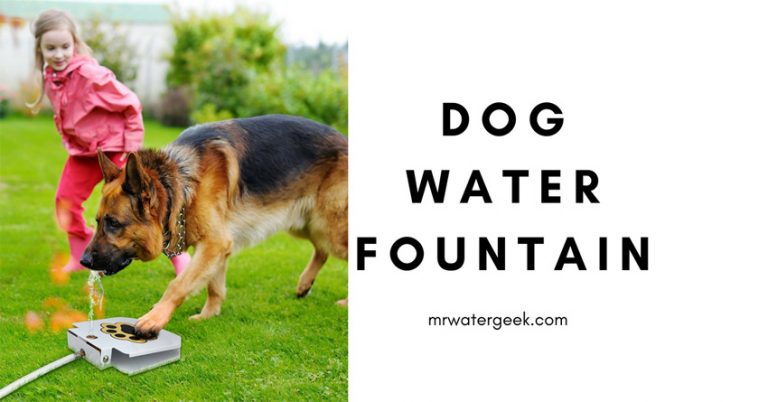Water For Dogs: From Dehydration to Drinking Too Much
Signs of Dehydration in Dogs
In general, a healthy dog will naturally and instinctively drink enough water each day to stay well hydrated.
However, there are a few cases where dehydration can occur.
One example of this is a dog suffering from an illness like kidney disease, cancer, metabolic disorders (such as diabetes). Pets with these conditions or those that are pregnant or nursing, can be at risk of becoming dehydrated.
Here are 2 quick and simple ways to check signs of dog dehydration.
![]() Pinch and pick up some skin that is on the top of the dogs shoulder blades and release it. Watch to see how long it takes for the skin to fall back into place. The skin on a well hydrated dog will quickly go back into place without any hesitation. However, if the dog is dehydrated then the skin will return slowly or may even stay up for a time before going back into place.
Pinch and pick up some skin that is on the top of the dogs shoulder blades and release it. Watch to see how long it takes for the skin to fall back into place. The skin on a well hydrated dog will quickly go back into place without any hesitation. However, if the dog is dehydrated then the skin will return slowly or may even stay up for a time before going back into place.
![]() Another way to look for dehydration is by checking inside your dogs mouth. If the gums look pale, dry or sticky then this can be a sign of dehydration (and possibly illness). Dehydrated pets are also likely to have other symptoms like a dry nose, dry sunken eye balls and dry mouth.
Another way to look for dehydration is by checking inside your dogs mouth. If the gums look pale, dry or sticky then this can be a sign of dehydration (and possibly illness). Dehydrated pets are also likely to have other symptoms like a dry nose, dry sunken eye balls and dry mouth.
Dog Dehydration Symptoms
If you want to check if your dog is dehydrated then try lifting up some skin at the back of its neck and then let go. The skin on a well hydrated dog will fall quickly back into place almost immediately.
While on the other hand, the skin of a dehydrated dog takes a longer time to fall back into place. In fact, it forms a sort of tent. 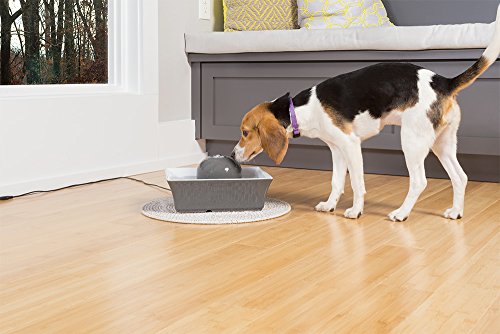
Another way to see if your dog is dehydrated is to check your dog’s gums. If you see moist, slick gums then this is a good indication of a well hydrated pup. Sticky or dry gums may mean that your pet needs more water.
The official medical term for the need and desire to drink too much water is called psychogenic polydipsia.
Symptoms of water intoxication (over-hydration) include:
- Loss of coordination / staggering.
- Lethargy.
- Vomiting.
- Bloating.
- Nausea.
- Light gum color.
- Dilated pupils.
- Excessive salivation.
- Glazed eyes.
- In severe cases, it can also bring about coma, seizures, difficulty in breathing, loss of consciousness, collapse and death.
My Dog is Drinking a lot of Water What Do I Do?
![]() You should never restrict access to water to reduce its ability to get hydrated. Always have a full water bowl available to your dog. Restricting water can lead to dehydration and fluid imbalances that will aggravate other conditions.
You should never restrict access to water to reduce its ability to get hydrated. Always have a full water bowl available to your dog. Restricting water can lead to dehydration and fluid imbalances that will aggravate other conditions.
![]() It is also important that you don’t ignore the problem. The conditions that cause these types of changes are very serious and can be ultimately be deadly.
It is also important that you don’t ignore the problem. The conditions that cause these types of changes are very serious and can be ultimately be deadly.
![]() If the problem persists and you can not find ways to encourage them to drink more water then schedule an appointment with your veterinarian as soon as you can.
If the problem persists and you can not find ways to encourage them to drink more water then schedule an appointment with your veterinarian as soon as you can.
How Will My Veterinarian Diagnose My Dog’s Condition?
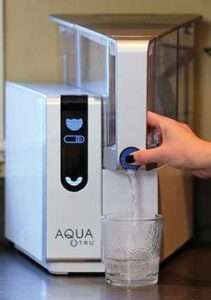 The first thing your vet will do is perform a series of urine and blood tests on your dog. It may also require additional tests to identify and better help regulate the condition.
The first thing your vet will do is perform a series of urine and blood tests on your dog. It may also require additional tests to identify and better help regulate the condition.
The only way to address chronic dehydration in dogs is to deal with the underlying condition.
However, the good news is that most of these types of conditions can easily be treated and your dog can lead a normal life of good quality.
How Much Water Should a Dog Drink
The question of how much should a dog drink depends on a number of things. For instance, you will need to account for its age, size, diet, activity level and the weather conditions.
![]() Good guidance is that a dog should drink in proportion to his body weight. So this means around 15-25 ml per lb (pound) of body weight or 20-70ml per kg each day.
Good guidance is that a dog should drink in proportion to his body weight. So this means around 15-25 ml per lb (pound) of body weight or 20-70ml per kg each day. 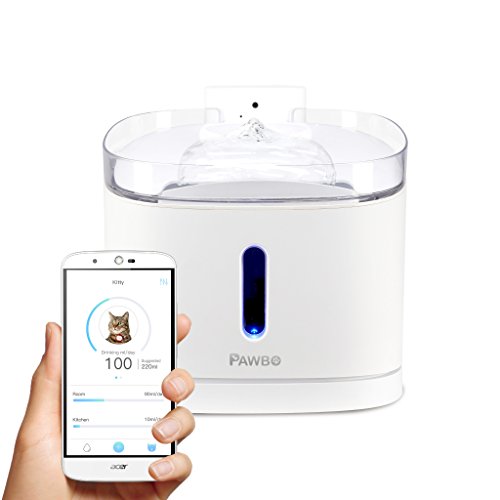
![]() If your dog is working hard and very physically active, it’s good to give them some extra water during exercise. Do it with many short water breaks so as to keep them hydrated.
If your dog is working hard and very physically active, it’s good to give them some extra water during exercise. Do it with many short water breaks so as to keep them hydrated.
Puppies have to drink a little water every couple of hours and should be closely monitored and encouraged to drink.
![]() After your dogs’ exercise period, use caution to re-hydrate your dog. If they immediately lap up the contents of their water bowl then you can rest them for a little bit before refilling their bowl. This is so that you don’t give them too much water.
After your dogs’ exercise period, use caution to re-hydrate your dog. If they immediately lap up the contents of their water bowl then you can rest them for a little bit before refilling their bowl. This is so that you don’t give them too much water.
![]() Finally, it is important to keep a close eye on your dog’s water intake during warmer months of the year, especially during the summer. This is to ensure that they are sufficiently hydrated.
Finally, it is important to keep a close eye on your dog’s water intake during warmer months of the year, especially during the summer. This is to ensure that they are sufficiently hydrated.
Can Dogs Drink Tap Water?
![]() The short answer is yes, technically dogs can drink clean tap water without too many problems.
The short answer is yes, technically dogs can drink clean tap water without too many problems.
Although tap water is generally safe to drink in most counties there can be some issues that you should know about. 
Inexpensive and abundant tap water is one of our privileges in the West but, unfortunately, unfiltered tap water can be riddled with contaminants.
The EWG (Environmental Working Group) is a nonprofit environmental research and advocacy organization that is based in Washington, D.C.
One of its studies shows there are over 316 toxins lurking in tap water supplies throughout United States.
Studies show that tap water can sometimes include a number of different industrial chemicals, parasites, pesticides, metals, pharmaceuticals, protozoan, bacteria, viruses, volatile organic compounds (VOCs).
They even find radiological contaminants like plutonium, uranium, wastewater and even sewer overflows in tap water.
Some of these toxins are things labeled by the CDC (Centers for Disease Control) as dangerous.
According to the CDC the toxins listed can lead to a variety of adverse health effects, including gastrointestinal illness, reproductive problems and neurological disorders.
Bottom line: I do not recommend drinking unfiltered tap water or giving it to your family let alone your dog.
Dogs Drink Too Much Water, Why?
The most obvious reason why people or animals drink a lot of water is because they are thirsty. If your body receives very little water then you need to drink to make up for the losses. Dogs don’t sweat (except from their feet pads and nose). 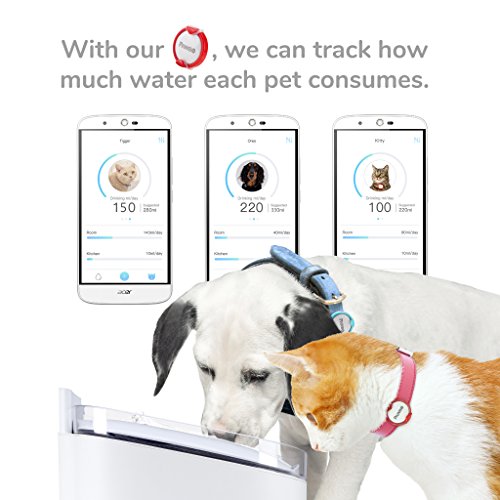
So they tend to eliminate body heat when they pant a lot. This helps them to lose water by evaporation and they become eager to replenish all this lost hydration by drinking water.
But when you see the signs of excessive water consumption i.e. water consumption above a normal level then this can be a sign of illness.
Under various different conditions, your pet’s body may not be able to control the loss of water. A drastic water loss needs to be restored by the body, so dogs drink a lot in order to find a balance.
How Much Water Should a Dog Drink Per Day?
In general, the water intake will vary slightly with the diet. When dogs are fed wet food, they can drink less, while dogs fed dry food or salty foods need to increase their water intake and drink more than expected.
However, this water intake remains physiologically normal.
- A good general guide is that a healthy dog should drink between 20 and 70 ml / kg per day. Your dog’s water intake is important because drinking too little water can cause dehydration, while drinking too much water can be a sign of an organ’s condition.
- If your dog drinks more, he will probably urinate more (another sign of a possible problem). In fact, the increase in intake is usually a response to excessive fluid loss in the urine.
Dog Drinking Excessive Water and Urinating In House
If your dog drinks too much water (polydipsia), it may be because he loses excess water for several reasons.
Although several diseases cause a greater intake of water and urinary production, the most common of these diseases are kidney failure, diabetes mellitus and Cushing’s disease. 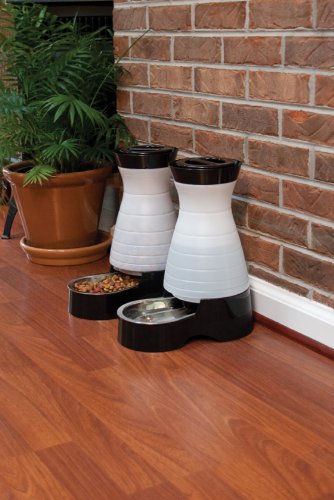
![]() A rare cause for dogs that drink more is called psychogenic polydipsia. It is a behavioral condition with a physical manifestation of excess thirst.
A rare cause for dogs that drink more is called psychogenic polydipsia. It is a behavioral condition with a physical manifestation of excess thirst.
![]() Primary polydipsia basically means excessive water consumption that is linked to a disease or psychosis.
Primary polydipsia basically means excessive water consumption that is linked to a disease or psychosis.
![]() Some medications, such as cortical steroids, often have a higher water intake as a side effect. How should the increase in thirst and drink be overcome?
Some medications, such as cortical steroids, often have a higher water intake as a side effect. How should the increase in thirst and drink be overcome?
![]() Excessive water consumption is often associated with increased urination. While drinking plenty of water is a sign of health problems, increased urination can be a real problem for you because affected dogs often urinate inappropriately.
Excessive water consumption is often associated with increased urination. While drinking plenty of water is a sign of health problems, increased urination can be a real problem for you because affected dogs often urinate inappropriately.
The first and most important step to combat excessive water consumption is to diagnose and confirm the underlying condition with your veterinarian. Many of the conditions associated with excessive thirst are very serious and should be addressed as soon as possible:
- Mellitus diabetes.
- Kidney disease.
- Hypercalcemia (this refers to a high level of calcium in the blood).
- Pyometra (uterine infection).
These are all complicated and progressive diseases. It is important that these conditions are confirmed and controlled before they cause irreversible damage.
Bottled Water for Dogs?
Many people prefer to give their pet’s bottled water over tap water these days.
In many parts of the country, not only does the bottled water taste better, but it can actually be healthier for them. Especially if your tap water is contaminated in any way.
The rule of thumb that I go by is that if you’re not comfortable and happy drinking tap water yourself, then it might be a good idea to give your pet the same bottled water that you drink.
If you notice that your pet seems to like it more then this is a good sign that you made the right choice.
Best Water For Dogs?
Water is the way the body transports and moves important nutrients in and out of the body’s cells.
It helps with the digestion of food and helps the body absorb nutrients. Water also helps cool the body and works to maintain a normal body temperature.

Water lubricates and cushions joints and facilitates movement.
The spinal cord and other internal tissues are also cushioned by moisture and debris is eliminated from the body through urination and defecation.
Basically, pretty much every important bodily function requires water. This means that without proper care, your dog can get sick quickly and become dehydrated.
In case of persistent lack of water, the organs eventually become damaged. 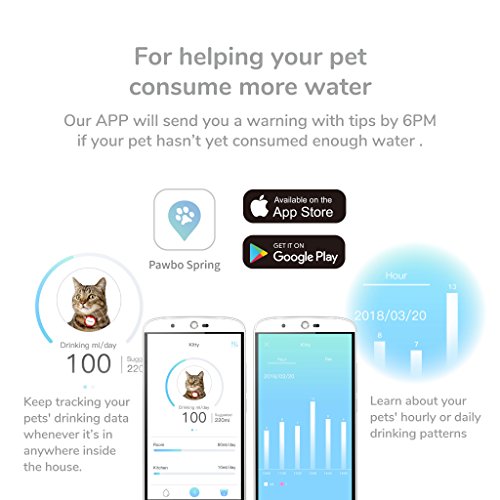 If the deficiency persists for long enough, the organs (such as kidneys, liver, etc.) shut down.
If the deficiency persists for long enough, the organs (such as kidneys, liver, etc.) shut down.
If you are concerned that your dog is not drinking enough water and you can’t find a way to encourage them to drink more then talk to your veterinarian for advice. Ensuring that your dog has proper hydration is too important to their well being and health to ignore.

